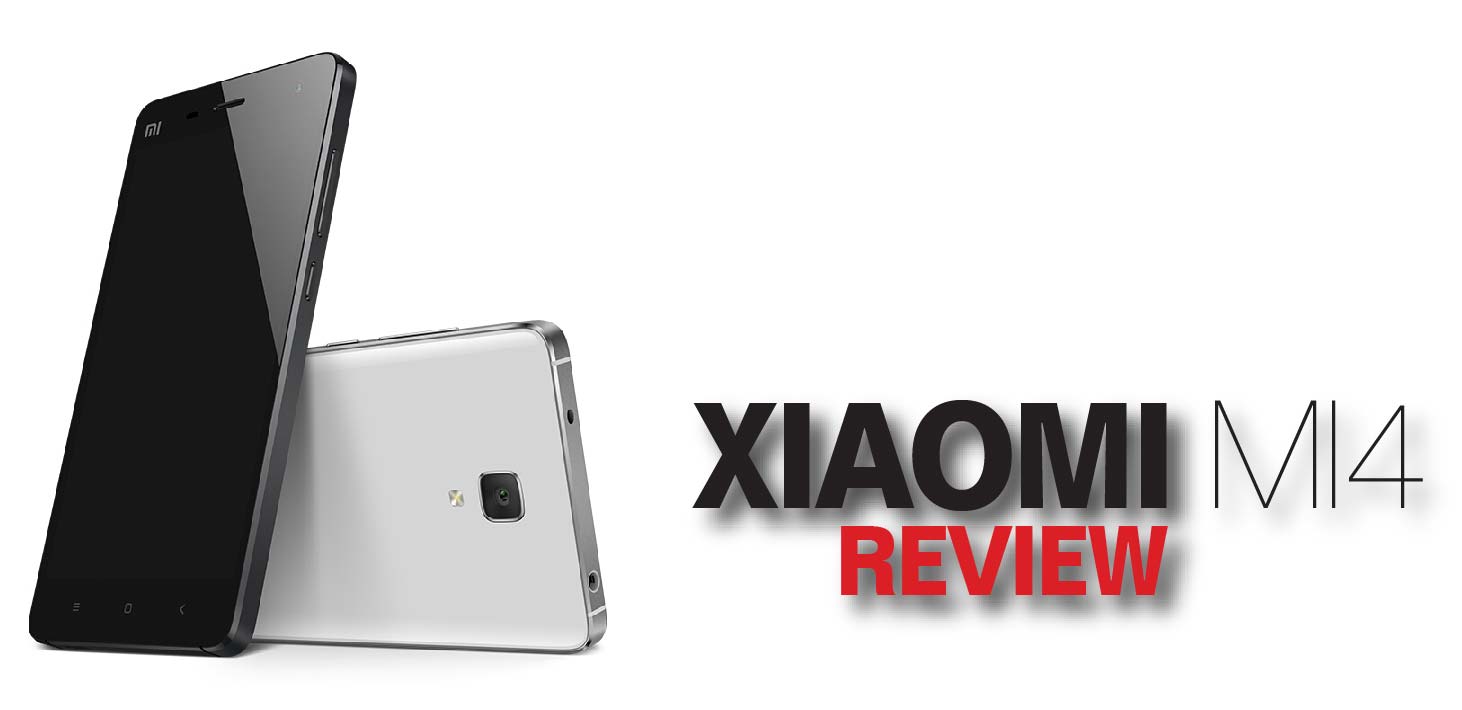China’s new favourite Smartphone brand could just be the next iPhone killer
We often hear stories about the ‘Apple of China’ and how existing OEMs should be worried, but it’s rare to get a look at any actual devices from the company. China is the world’s largest smartphone market, and the #1 OEM in China isn’t Samsung or Apple—it’s Xiaomi. The company was only founded in 2010, but it sold 18.7 million smartphones in 2013. It expects to triple that number this year.
Why—and how—is this startup beating the biggest companies in the world? To discover Xiaomi’s secrets and to investigate the state of Android in China, we imported the company’s brand new flagship: say hello to the Xiaomi Mi4.
Xiaomi’s greatest strength is its execution. A lot of things the company does are not unique, but Xiaomi does a fantastic job of whatever it puts its mind to. So yes, the front of the Mi4 (pronounced mee-four) is basically a big iPhone, but it’s also built like an iPhone. A steel frame with chamfered edges, thin bezels, and impeccable construction make this the best Android hardware we’ve seen all year.
For the OS, Xiaomi uses a skinned version of Android called ‘MIUI’ (pronounced me-you-eye). Lots of other OEMs skin Android—it’s not an original idea—but again, Xiaomi’s strength is in its execution. While many OEM skins are heavy and feel like they slow the phone down, MIUI is actually faster and smoother than stock Android. Xiaomi takes skinning Android seriously. It pushes out OTA updates every single Friday, and, just like CyanogenMod, MIUI is available for download. It can be flashed to more than a hundred different devices, including Xiaomi rivals like Samsung, HTC, Motorola, and LG.
Hardware
On the inside, everything in the Mi4 is top shelf. It has a quad core 2.5GHz Snapdragon 801, 3GB of RAM, 16 or 64GB of internal storage, a 3080mAh battery, and best of all, no silly gimmicks. Everything that is here is here for a reason; it works. Xiaomi even managed to out-spec-sheet Samsung’s Galaxy S5 with more RAM (3GB vs 2GB) and a bigger battery (3080mAh vs 2800 mAh). A Galaxy S5 costs $700 unlocked, but the MSRP on a Mi4 is only about Tk. 34500 ($320).
Xiaomi is frequently compared to Apple, but its business model is completely different. Apple makes most of its money from hardware. Xiaomi calls itself an ‘Internet company,’ more readily likening itself to Google or Amazon’s Kindle Fire line. Xiaomi sells the devices for close to cost and makes money off of the ecosystem—imagine Google’s Nexus business strategy as the basis for an entire company. That’s why Xiaomi can sell a device with better specs than the Galaxy S5 for less than half the price.
Xiaomi doesn’t just sell phones; it also makes tablets, smart TVs, Wi-Fi routers, and wearable fitness trackers. Xiaomi has its own software store, the Mi Market, which houses the usual apps and games. MIUI is highly customizable, and the company sells themes that completely change the look of the phone. Like with Google, users can make a ‘Mi account’ and use Xiaomi-provided cloud services to sync contacts, photos, settings, and files across devices. There is even a ‘find my phone’ feature.
Design
Xiaomi’s approach to design doesn’t seem to value uniqueness. If a design works well and looks good, Xiaomi will take it, and China’s notoriously lax enforcement of intellectual property laws allows the company to do so with impunity. As a result, the Xiaomi’s products tend to be a mashup of good designs from other companies, which still makes them good, just not original.
There are only so many ways to build a rectangle, but the front of the Mi4 is a little too close to the iPhone design for comfort. Sure, it also looks a lot like the Samsung Galaxy Alpha (and many would say that’s too close to an iPhone, too). But it’s the little things, like using a rounded square icon for the home button and identical earpiece, that really bolster the ’copying’ arguments. The back, meanwhile, looks identical to a Samsung device.
The star of the show is the stainless steel frame that surrounds the Mi4. Steel is about three times heavier than aluminum, which gives the Mi4 a satisfying heft. If you’re the type that preferred the heavier iPhone 4s or Nexus 4 over their current iterations, you’ll be happy with the Mi4.
Camera
The 13MP camera uses Sony’s Exmor IMX214 sensor, and it’s a perfectly serviceable high-end camera with quick autofocus. The Mi4 uses the same sensor as the OnePlus One, and as was the case with that camera, we occasionally saw washed-out indoor shots. In low light it performs about as well as any other Android camera, but it still can’t keep up with the iPhone 5s in a dark environment. Shots usually come out a little on the warm side, but nothing that’s a deal breaker.
Performance
While the Mi4’s low price gives us reason to be suspicious about Xiaomi’s component selection, we haven’t found a single spot where Xiaomi cut a corner. All the components perform on par with similarly specced devices in our benchmarks, with only software getting in the way of the benchmark scores.
Xiaomi’s continued derivative design hurts the company in so many ways. It makes it easy for people to dismiss the company as yet another cheap clone maker. It also limits the countries Xiaomi can expand to, because in many places, Apple would sue the company out of existence.
Everything here is top notch: The best specs, fantastic build quality, a beautiful screen, a dirt cheap price, and software that, while different, works both aesthetically and functionally. If only the company came up with its own hardware design. If Xiaomi ever does apply itself with some original designs, look out world, because this company will be going places.
Xiaomi phones are available at Gadget Gang7 through Facebook (Facebook.com/gadgetgang7) at Tk. 34,700 for 16GB and Tk. 39,700 for 64GB.















